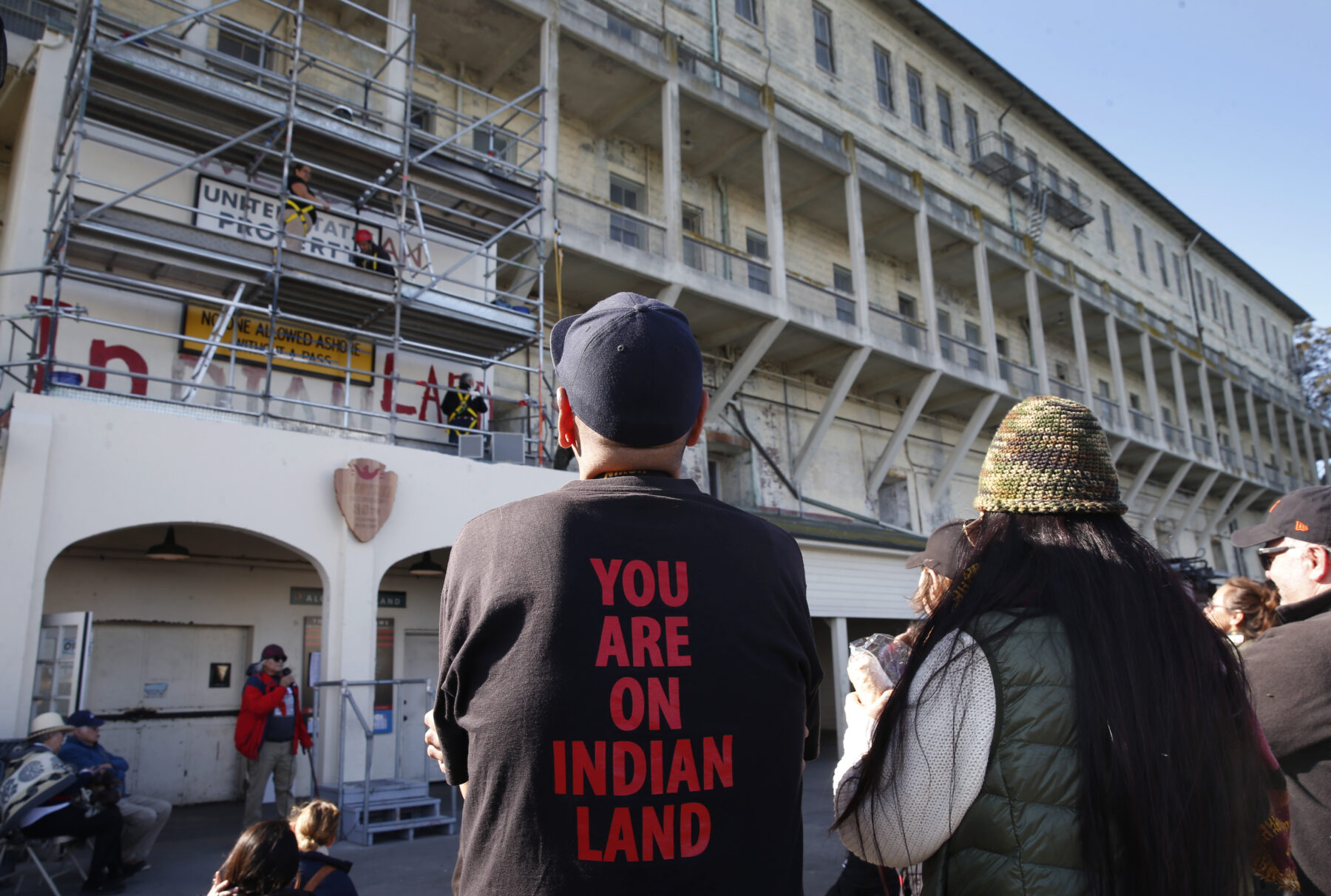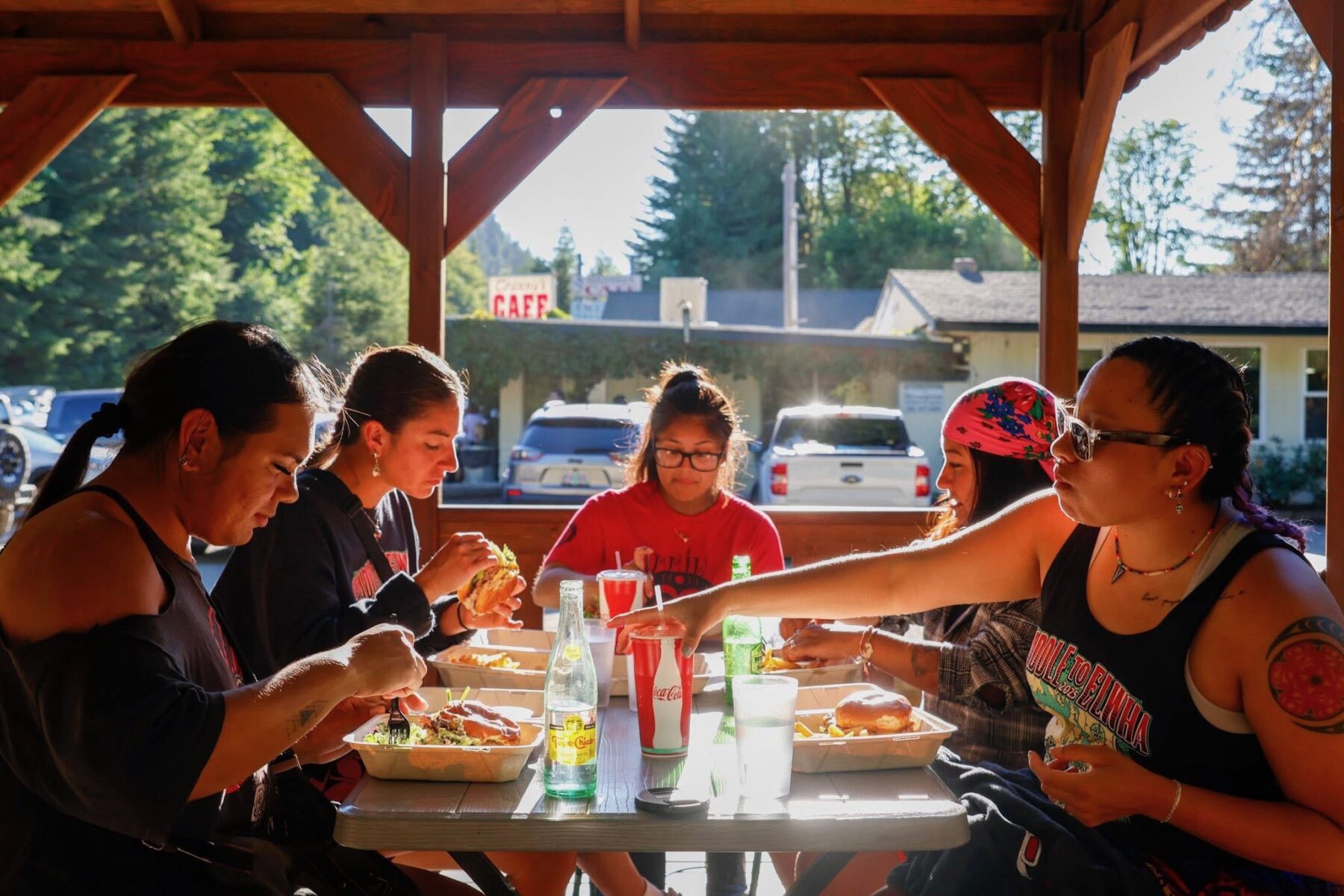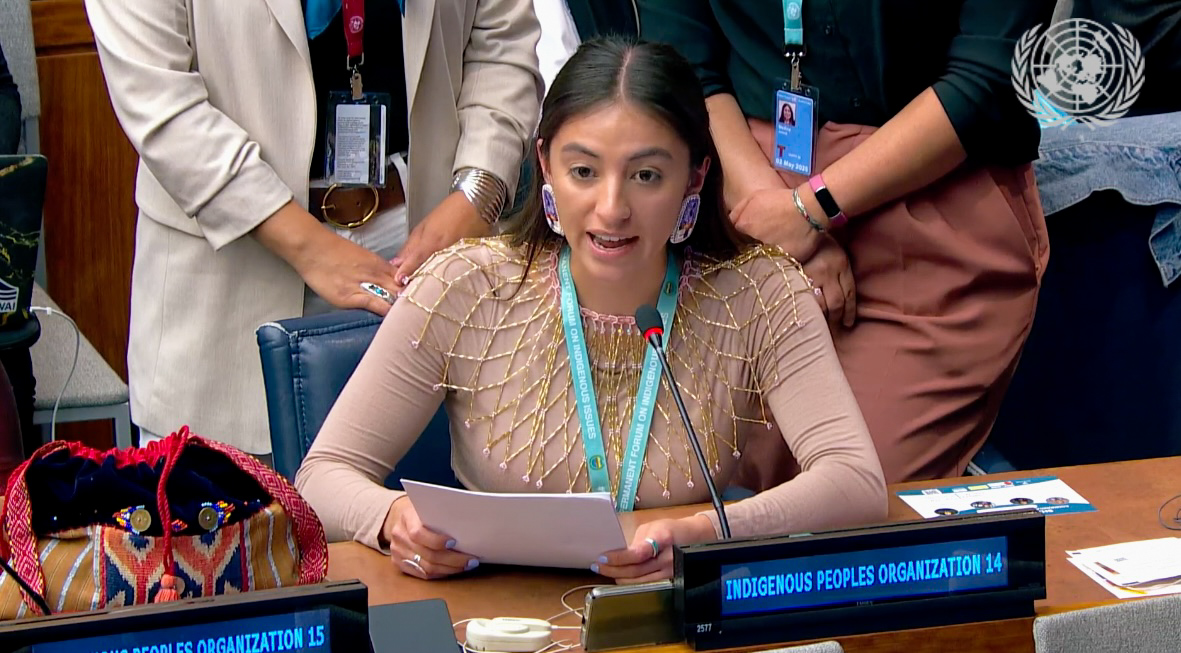
When I told people in Texas that I was moving to New York City for a graduate program in news and documentary, I got one of two reactions: major excitement or skepticism. Who was I, a Chickasaw, Pawnee and Choctaw girl with a deep Southern accent, to be moving to the Big Apple?
But I had a bigger concern: I was leaving my community once again. In undergrad, I was one of the only Native American students on campus. Moving to a big city to study journalism, I hoped I’d find more acceptance and inclusion. However, I soon discovered that the industry still has much to learn about understanding our cultures and covering our communities.
“Reporters learn about complicated and difficult things all the time,” said Joseph Lee, Aquinnah Wampanoag, Indigenous Journalists Association treasurer and author of “Nothing More of This Land.” “But for some reason, there can be this tendency to not do that due diligence in reporting on Native stories, not take the time to understand the nuances and diversity of a tribal nation, or not understand the difference between the Indigenous community on a reservation and an urban Indigenous community.”
When covering Indigenous communities, journalists must challenge their assumptions. Often, that begins with recognizing what they don’t know.
Ithana (educate/learn): A history of coverage
How Indigenous peoples are portrayed in media and entertainment can be traced to how they are treated by the federal government.

“Historically, mainstream news outlets and the federal government have had one thing in common, and that is having a history of calling for the death of Indigenous people,” said Pauly Denetclaw, Diné, climate correspondent for ICT, formerly Indian Country Today.
In college, Denetclaw did an analysis of Native newsrooms versus non-Native newsrooms over the coverage of the 1969 Occupation of Alcatraz, Indigenous peoples’ 19-month occupation to reclaim the island. She said she will never forget reading articles from major newsrooms describing occupiers as if they were “somehow rooted in the past,” referencing singing and drumming in terms like “talking in tongues” or “hitting their TomToms,” tropes that further feed into the belittling and dehumanization of Indigenous peoples.
Variations of these stereotypes still continue in media today. In 2019, the Indigenous Journalists Association called for an apology from a major newsroom for its use of demeaning tropes in a feature about an Inuit artist. More recently, Fox News host Jesse Watters blamed Gov. Gavin Newsom for California’s wildfire crisis, falsely claiming the governor removed four dams “because the Native Americans told him to do it, because it would save some salmon.” In reality, the removal was part of a long-planned restoration of the Klamath River ecosystem.
Pisa (see): Tropes to avoid
Decades-long misrepresentation of Indigenous peoples has led to deeply rooted, stereotypical perspectives on what an “Indigenous” or “Native American” person is. Some media pitfalls include:
Interchangeably using Native American vs. Indigenous
It’s often confusing for reporters to know when to use Native American, American Indian or Indigenous — monolithic terms that have different histories and meanings.

“Indian” originated from Christopher Columbus, who believed he had found India on his voyage to what is now known as America, and then went on to violently attack, kill and enslave Native peoples. While Native people may call each other Indians as a form of slang and camaraderie, it is not appropriate for non-Native individuals to do so because of this racist history.
“Native American” became the go-to phrasing to describe Indigenous peoples in America after calls to reform the term “Indian” in the civil rights era. This term is more broadly accepted for its inclusion of all Indigenous peoples in the continental U.S.
“Indigenous” is an umbrella term to include relatives not just in the continental United States, but beyond, like First Nations in Canada, Māori in New Zealand and Kanaka Maoli in Hawaii, among other places.
However, purely relying on larger terms to funnel entire peoples can contradict the uniqueness of where people come from and contribute to stripping away their identity. That’s why it’s always best to directly ask the person or a tribal nation what they prefer. For example, in the Chickasaw Nation in Oklahoma, they refer to themselves as First Americans, which can be seen in their publications.
To help explain what’s acceptable and respectful, the Indigenous Journalists Association released a reporting guide in 2023.
Misunderstanding definitions of sovereignty
Sovereignty refers to the way tribal nations have the inherent right to govern themselves — this includes speaking our language, practicing our cultural traditions, holding our own elections and having our own tribal leaders. There are over 500 Indigenous nations in the United States, each with a system that differs nation to nation.

“When it comes to issues about tribal sovereignty, a lot of mainstream, non-Indigenous news outlets have a hard time understanding that being Native American is not a racial identity, it’s a political identity,” Denetclaw said. “Indigenous people are not only citizens of the United States, but we are also citizens of our nations. And so we have a nation-to-nation relationship with the federal government.”
For example, some tribal nations have their own law enforcement. When reporting, it’s important for journalists to recognize this difference since nations collaborate with both state and federal law enforcement when it comes to jurisdiction and prosecution.
Relying on tropes like powwows, alcohol and reservation life
To help journalists figure out what tropes to stay away from, the Indigenous Journalists Association created a bingo card. Indigenous peoples’ poverty, dancing and dying cultures are also often featured in media rather than the innovative ways that our communities are addressing efforts for clean water, fundraising and the land back movement to restore sovereignty and return ancestral lands.
“One of the best examples of how Indigenous media in the U.S. can move forward is by looking at our Indigenous communities from around the world who have been able to push news further than we have been able to do in the United States,” Denetclaw said.
For example, in New Zealand, the Māori television station broadcasts in their Indigenous language and focuses on Māori news, an effort that Denetclaw thinks would be incredible to see with Indigenous media in the United States.
Yukmishchi (demonstrate/mandate): Centering Indigenous people
When Jarrette Werk, Aaniiih and Nakoda Nations of the Fort Belknap Indian Community, was interviewing in newsrooms after graduating from the University of Nevada, Reno in 2022, an editor asked how he separates himself as an activist and a journalist, and if he was able to cover the Indigenous community objectively.
“I felt like that was incredibly disrespectful to assume that I’m an activist just because I’m an Indigenous person covering Indigenous issues,” said Werk, now a reporter for Underscore Native News in Portland, Oregon. “I told her, ‘I’m not an activist. First and foremost, I’m a journalist, and I’m an advocate for the truth.’”

Being embedded in the community makes his journalism better, he said. “I know these people; these people trust me,” he said. “They see me showing up at the good, the bad and the ugly.”
This summer, while covering a historic kayak journey taken by tribal teens on the Klamath River, Werk said reporters for mainstream outlets were “treating youth like they were zoo animals,” asking for the teens to put their hair in braids and to write what it meant to be Indigenous on pieces of paper.
“It was just really disheartening, and it made me feel weird,” Werk said. “They were just trying to live their lives and experience this moment together, and they had so many cameras pointing in their faces, people not even introducing themselves and being like, ‘Hey, is it OK if I take your photo?’”
Werk said some of the youth came up to him and other Native journalists to express how uncomfortable they were with the photographers. After Werk’s piece was published, organizers from the kayak journey reached out to let him know that his piece hit closest to home.
“I had been working for over two years to establish relationships and build trust with these youth leaders, continuing to check in with them and really showing them that I’m wanting to tell this story the way it deserves to be told,” Werk said.
Pit chukma (better): Practices to take forward
An overarching theme in coverage of Indigenous peoples is the tone that they only exist in the past when it’s quite the opposite: Indigenous communities are still very much alive, very much active and full of stories that affect the world.
“I feel like some journalists forget that we’re still humans,” Werk said.
In moving forward, one of the most obvious solutions to Lee and Denetclaw is to get more Indigenous journalists in newsroom leadership positions.
“There are a lot of great Native reporters and journalists, but oftentimes they aren’t elevated to that editor level, or manager level or given decision-making power,” Lee said.
For example, the climate news site Grist is run by Tristan Ahtone, a member of the Kiowa Tribe. Under his leadership, stories about Indigenous communities by Indigenous reporters are integrated into coverage about policy and solutions.
Efforts from the Indigenous Journalists Association also allow for up-and-coming journalists like myself to have opportunities, including my internship at CNN and having spoken at the United Nations Permanent Forum on Indigenous Issues.
“There is a huge difference between Indigenous journalists and just being a journalist,” Denetclaw said. “Because in being an Indigenous journalist, you understand the values, the context, the issues that impact your community, and the way that we do journalism aligns with our community’s values.”



